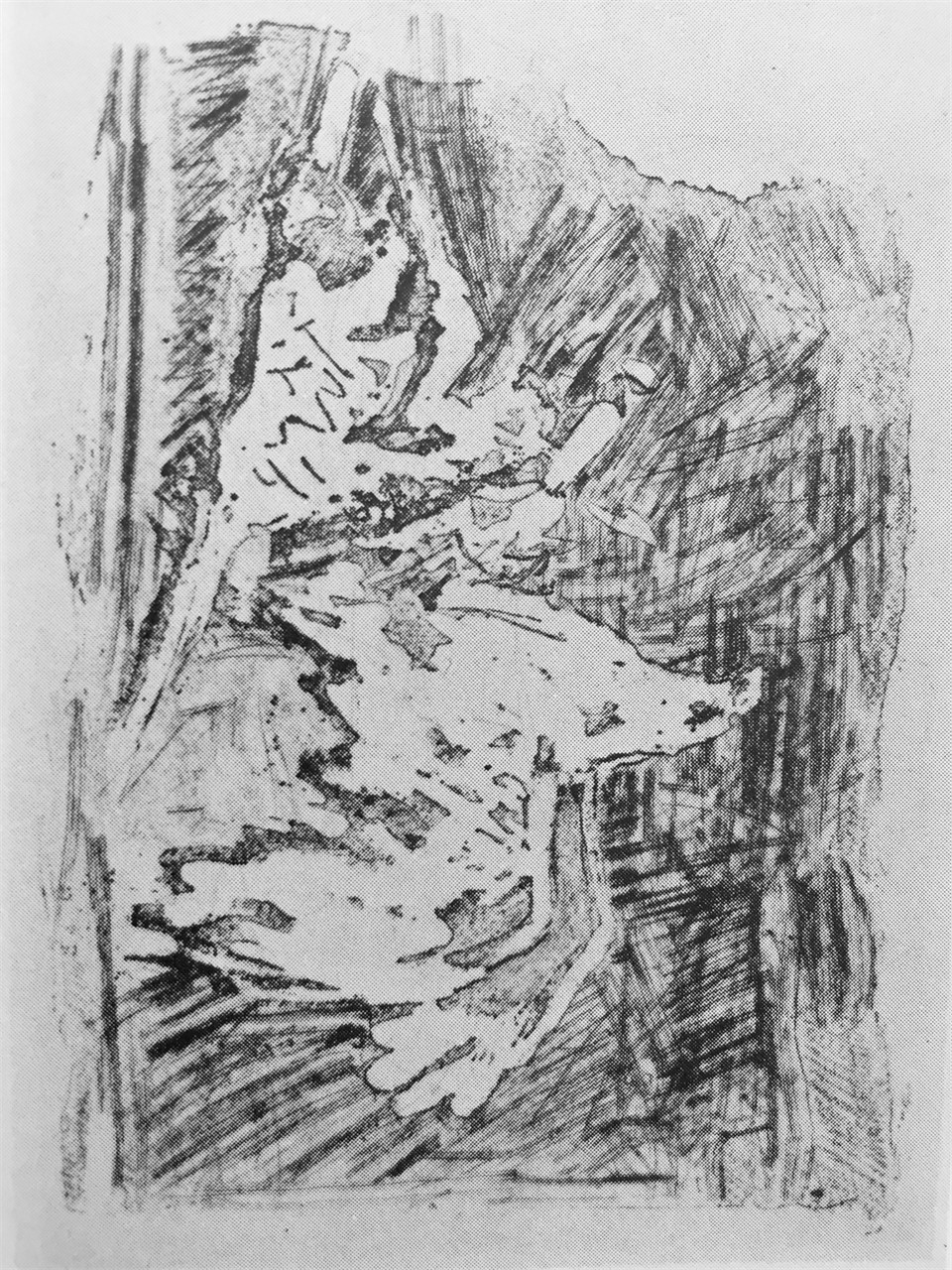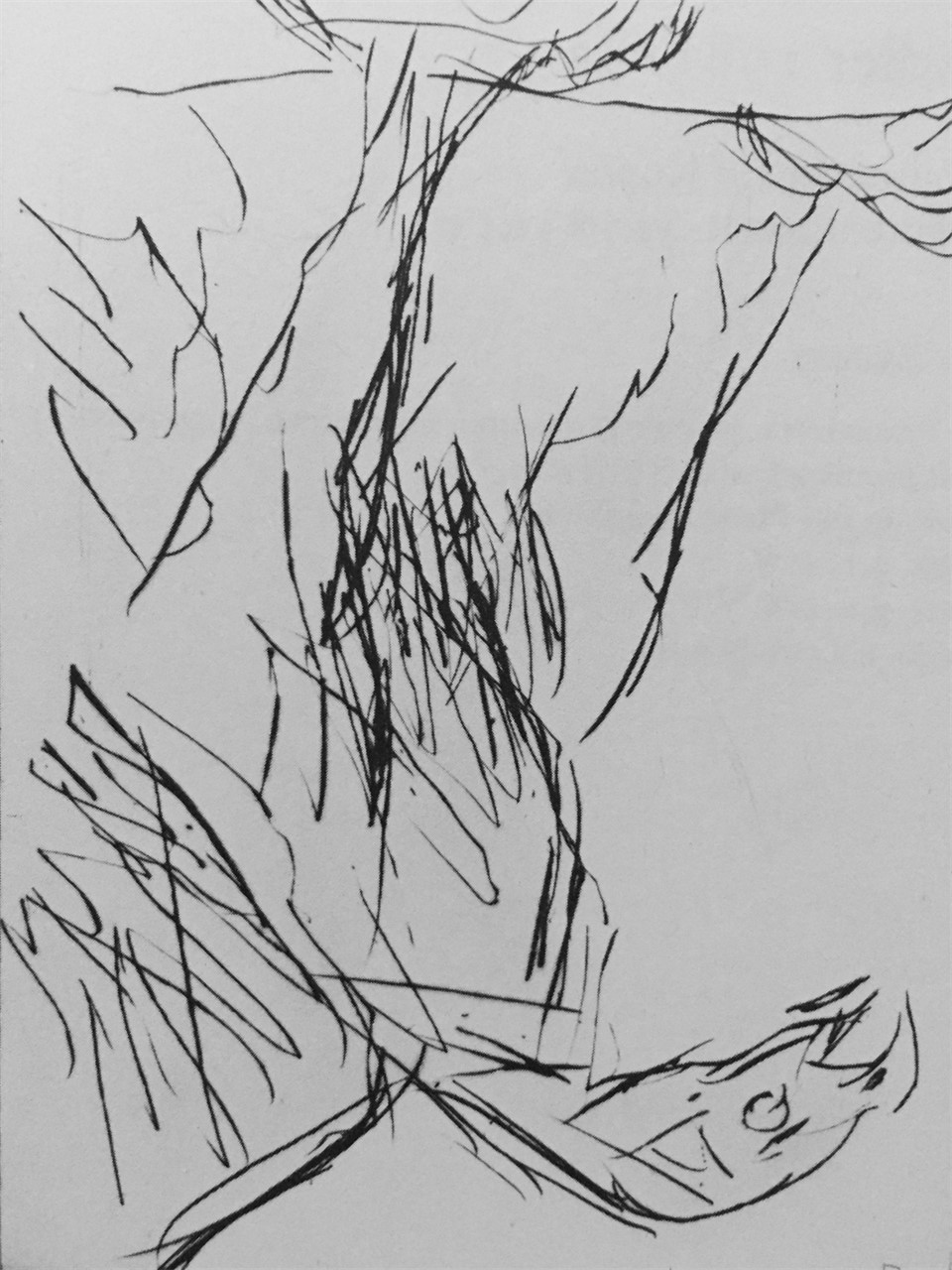Biography
Georg Baselitz (real name Hans-Georg Kern) is a German painter, sculptor and graphic artist. He became internationally known in the 1970s with figurative, expressive paintings. Baselitz’s artistic influences come from a variety of inspirations, such as illustrations of the Soviet era, Mannerist prints and African sculptures. The destruction and suffering of the Second World War had a lasting influence on the artist. In this context, Baselitz explained in an interview: “I was born into a destroyed order, into a destroyed landscape, a destroyed nation, a destroyed society. And I did not want to introduce a new order. I had seen more than enough so-called orders. I was forced to question everything, to be ‘naive’ again, to start over.
The theme of destruction, along with other autobiographical realities, recurs in many of his works. Since then, disrupting orders and conventions of perception with the help of his painting has been an important leitmotif in Baselitz’ works. Since 1969 he has been painting his motifs upside down, which helped him to achieve a breakthrough and makes his works unmistakable to this day.
With these “upside down” paintings Baselitz became famous worldwide from the mid-1970s onwards. His works hung and still hang at almost all renowned international exhibitions and museums. As in his earlier works, he wanted to show the viewer the independence of painting in relation to conventional reality. By turning his depiction around, he took away the conventionally conceived content of the picture, thus rendering the object of the picture non-representational and abstract. By turning his works upside down, he was able to confront the viewer directly with the organisation of colour and form on the picture surface, independent of the personal content of the painting. Created in this way, Baselitz’s paintings are not interpretable, but merely viewable. The artist counts Pablo Picasso, Alberto Giacometti, Joseph Beuys and also the expressionist painters of the Brücke artists association among his role models.
Here, it is significant that Baselitz already starts the composition of the picture upside down and then executes it in the same painterly manner. Traces of his fingers or footprints are often found in the paintings. Since the size of the formats makes it difficult for Baselitz to reach all areas evenly, he simply walks into or over the picture.
Since 1964, prints have accompanied Baselitz’s work as a painter and draughtsman. He began with etchings, in 1966 he added monochrome or multi-coloured woodcuts and since 1977 he has also been making large-format linocuts. These are sometimes pictorial motifs from his paintings and drawings, which the artist takes up within the various graphic media in order to subject them to a graphic “coding” or “encoding”.


